service
Single Press Concrete Pier
Use of pressed concrete piers is the most popular method of foundation repair and probably accounts for more home foundation repair installations than all other methods combined. It is effective in most scenarios and is the only solution in areas where there is no bedrock or soil dense enough for other methods. It also usually costs less than other repair methods.
PROS AND CONS
Pros
Cons
ADDITIONAL INFORMATION
With Rebar Reinforcement
Many concrete piers are manufactured with a 5/8 inch hole running the length of the pier so that it can be threaded on re-bar, cable, or other material that is rigid enough to prevent lateral shifting. In areas where there is no lateral shifting solid concrete segments work just as well with the added benefit of being stronger.
WE OFFER A WIDE ARRAY OF SOLUTIONS
How it works
Excavation
Access Holes are dug at intervals along the affected areas of the foundation. If a pier is necessary in an area that is covered by concrete then a breakout access hole must be cut through the concrete prior to excavating. During this process our crew is taking all the precautions to prevent unnecessary damage to landscape and decorative items.
PIER INSTALLATION
After the holes are dug, a hydraulic press is used to force 6’’ diameter by 12’’ height concrete cylinders into the ground, the concrete segments are force into previous using the entire weight of the foundation to force the lower segments deeper.
This process continues until the piers reach bedrock or until the friction between the soil and the surface of the concrete segments becomes so great that the weight of the foundation is no longer sufficient to press them deeper. This is commonly referred to as the “Point of Absolute Refusal.”
LEVELING
After all piers are pressed to the point of absolute refusal, hydraulic jacks are used to raise the foundation in multiple locations and a concrete cap and steel shims are placed between the top of the pier and the foundation. The jacks are then slowly released allowing the weight of the foundation to rest on multiple piers at the same time, ensuring that the weight that each pier supports is only a fraction of the weight that was used to press it into place. A leveling technician will be monitoring how the house reacts to the lifting throughout the entire process, checking doors, windows, cracks and assuring that the house is not under-lifted or over-lifted.
BACKFILLING
After securing all the piers ,our crew will begin to backfill all the access holes by placing the dirt back in the holes and adequately compacting it back in place. Prior to completely backfilling , the foreman will check that the sprinkler system or drip system is working correctly and any pipes that may have been necessary to cut are repaired, the crew will replant any bushes or plants back in place ( our company doesn’t guarantee their survival ) and finally they will pick up any trash and work-related debris . Our foreman prior to leaving the work site will perform a final walkthrough with the client to assure everything is to their satisfaction.
